- Home
- slideshows
- miscellaneous
- 27 haunting photos show the crumbling ruins of an abandoned Soviet-era spa resort once used by Joseph Stalin
27 haunting photos show the crumbling ruins of an abandoned Soviet-era spa resort once used by Joseph Stalin
The spa resort of Tskaltubo, a city located in western Georgia, is known for its thermal springs as well as its connection to Soviet-era elite and Joseph Stalin.

The ruins of this once-grand resort spa are now mostly abandoned, though visitors do frequent the location to snap photos of its crumbling structures. The buildings are also now home to a community of refugees.
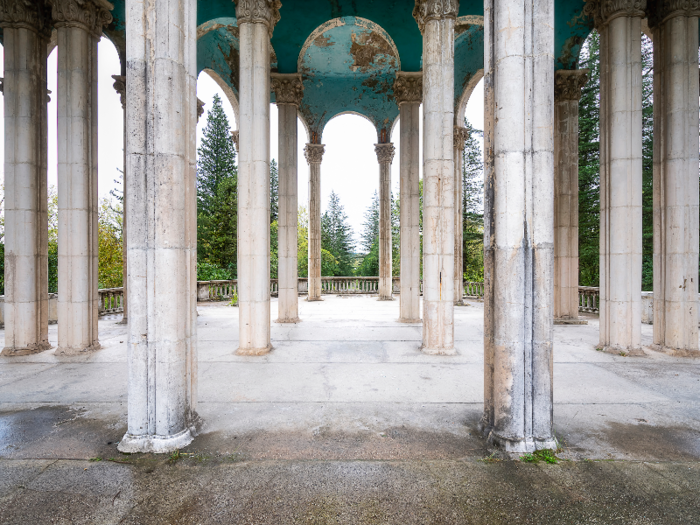
Source: National Geographic
The city has been a popular destination since as early as the 7th century, mostly due to the area’s famous thermal springs.
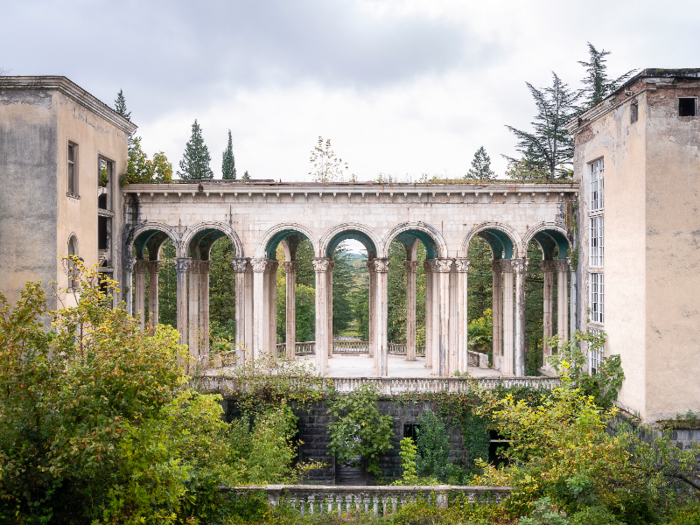
Source: CNN
People have thought for thousands of years that the springs and water found there, called the "waters of immortality," had healing properties. It was believed that the springs could treat ailments like rheumatism, circulatory and cardiovascular ailments, diabetes, asthma, and various skin diseases.
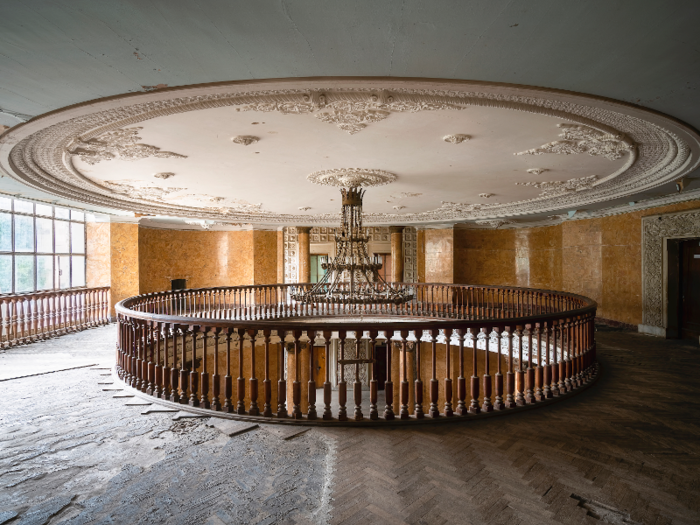
Source: CNN, Curiosity Magazine
Building began on the resort in the early 20th century, before becoming a popular destination for members of the Soviet-era elite from the 1920s onwards.
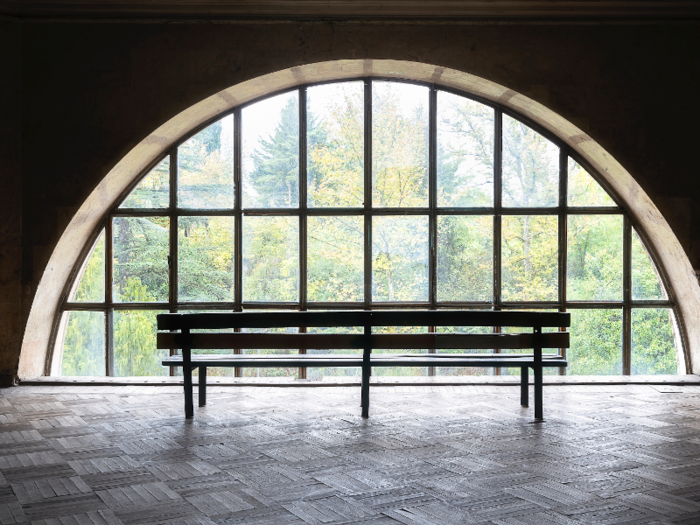
Source: Atlas Obscura
As part of the Soviet Union’s mandatory “right to rest” program, residents of the Soviet Union received passes to visit the resort and bathe in its famous waters.

Source: Atlas Obscura
The program required citizens of the Soviet Union to take no less than two weeks off per year for a spa vacation.
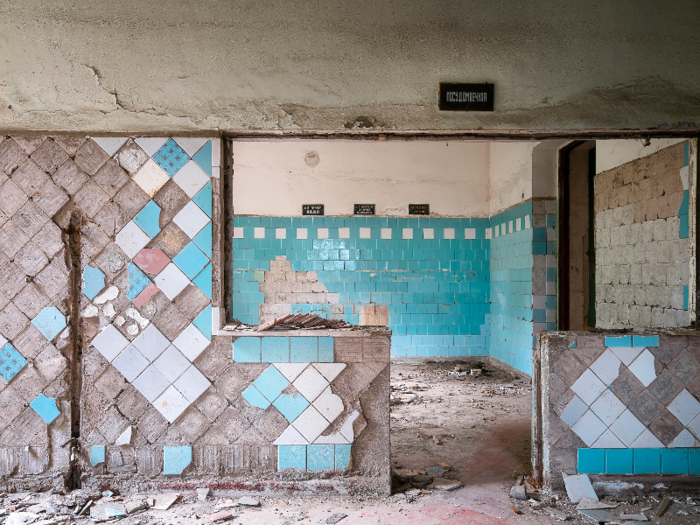
Source: National Geographic
However, visitors to the spa were not allowed to bring their families and drinking, dancing, and excessive noise was kept to a minimum.
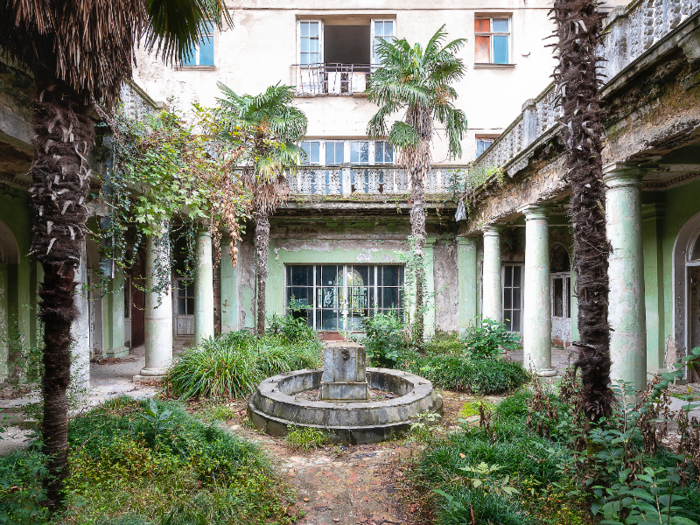
Source: National Geographic
The hauntingly beautiful resort consisted of 19 luxurious sanatoriums and 9 bathhouses.
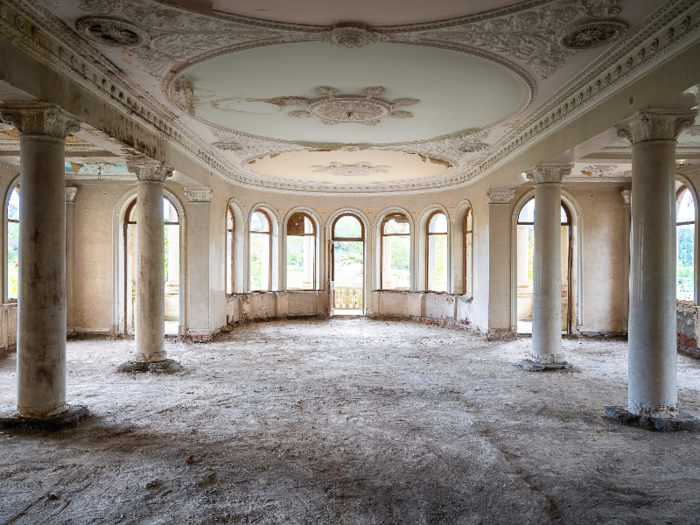
Source: Atlas Obscura
The resort's largest bathing house, No. 6, was built exclusively for Joseph Stalin. It is the only one still in use today.
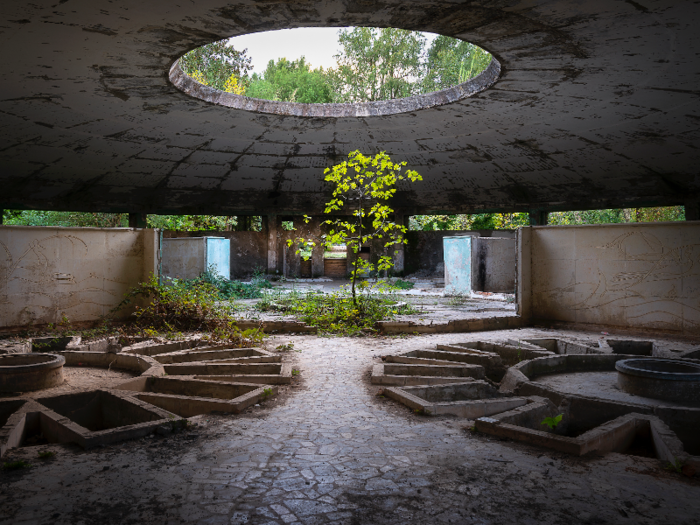
Source: Curiosity Magazine
A hotspot for visitors looking to relax and treat various ailments in the resort's therapeutic baths throughout the 1950s, the once-gorgeous spa fell into disrepair after the Soviet Union collapsed in 1990.
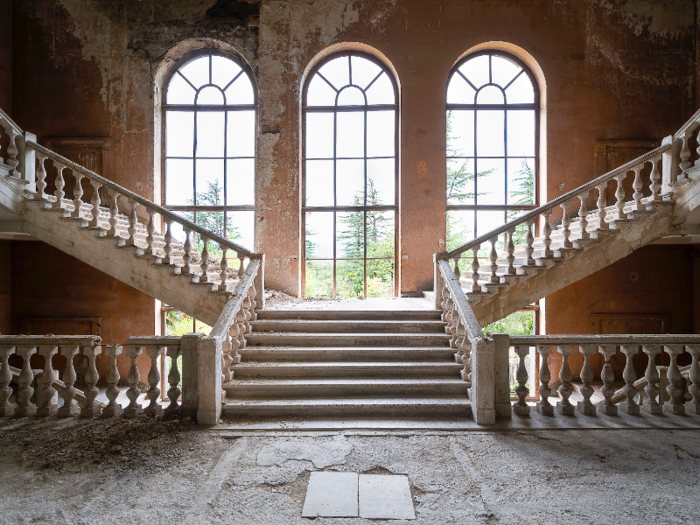
Source: Atlas Obscura
“Many of the sanatoriums that were thriving 50 years ago, are now abandoned, in heavy decay and crumbling,” says urban photographer Roman Robroek.

Source: Roman Robroek
Nature has since claimed the resort as vines, weeds, and moss climb the once ornate and luxurious interiors of this forgotten ghost spa.
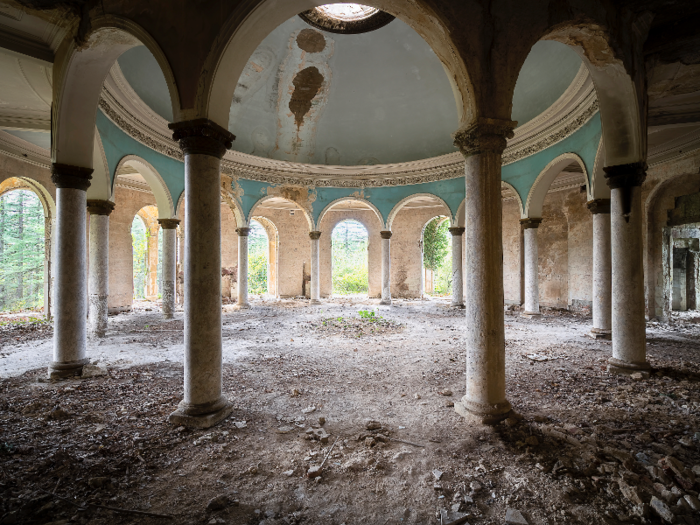
Tskaltubo itself is still an operating spa resort town. In 2015, a new medical thermal center was built, complete with a newly-renovated hotel, restaurant, winery, and sanatorium, contrasting with the decaying ruins of the old resort.
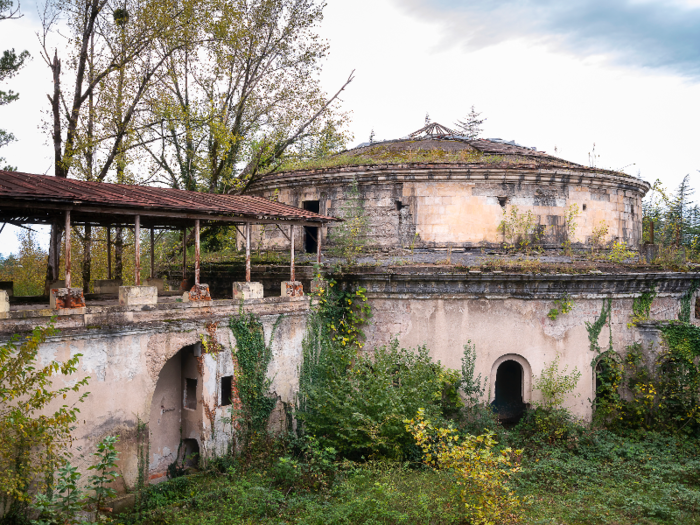
Source: National Geographic
The new resort offers visitors traditional sanatorium services such as radioactive semi-radon baths and therapeutic mineral baths.
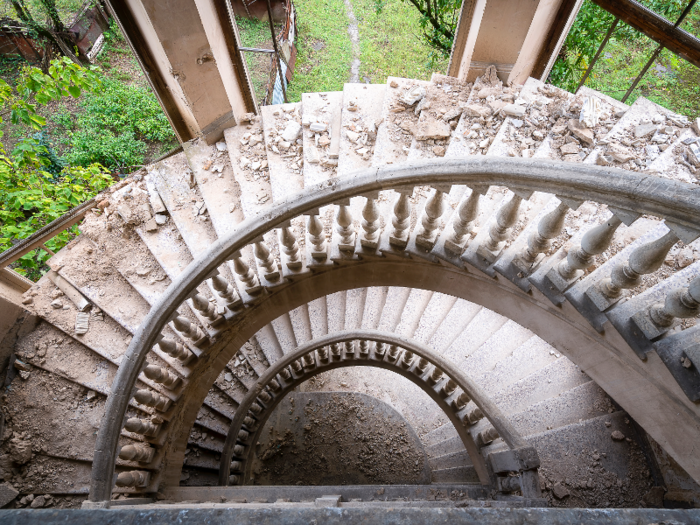
Source: National Geographic
However, the old ruins of the Soviet-era spa remain, attracting tourists and photographers from across the world to step inside its (mostly) abandoned walls.
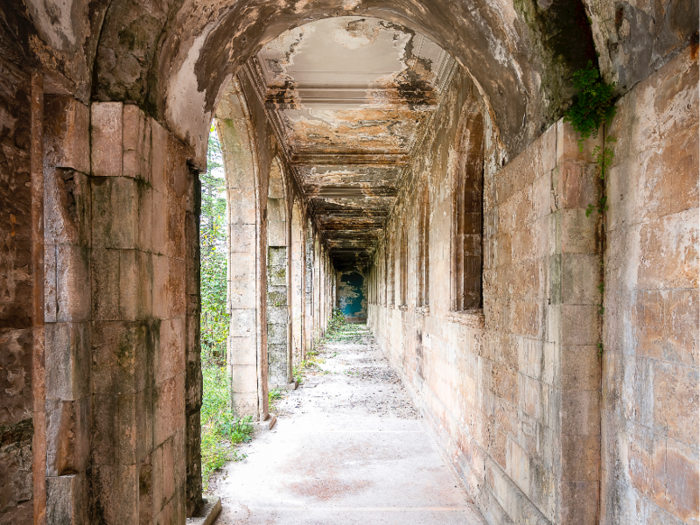
"The opportunity to take a peek behind closed doors is a truly unique experience, both relaxing and enticing at the same time," says Roman Robroek of visiting various abandoned locations.
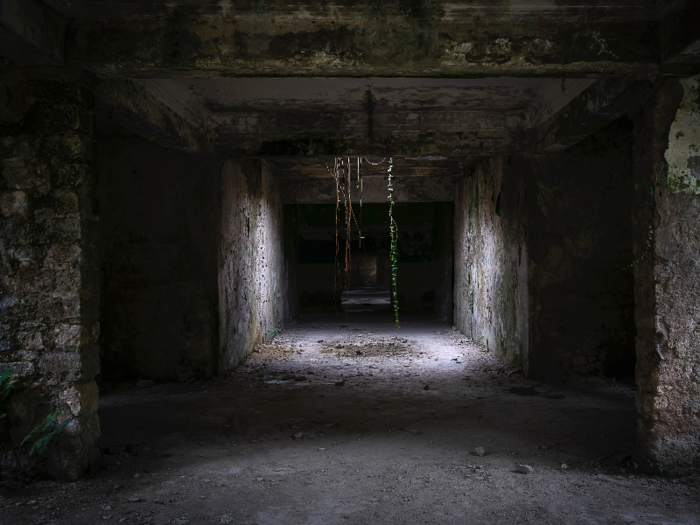
However, Robroek also tells of the “abandoned” spa’s current residents. In 2018, the decaying sanatoriums were reportedly home to some 6,000 IDPs, or Internationally Displaced Persons.
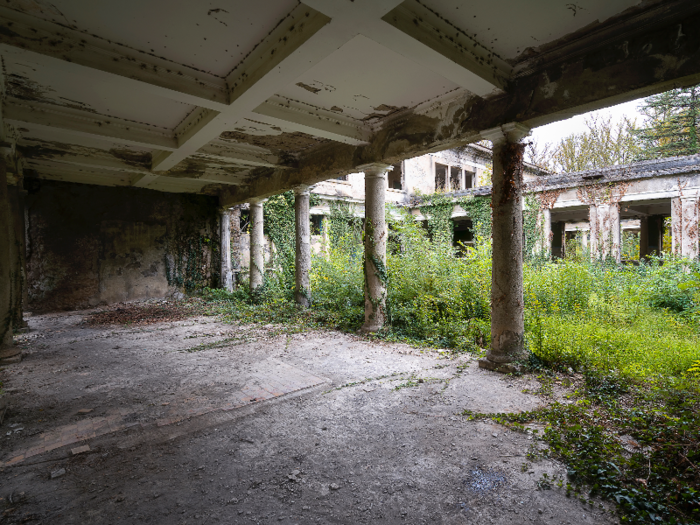
Source: Eurasianet
Displaced from their homes in Abkhazia due to the war with Georgia at the end of the 20th century, these refugees now live amongst the crumbling ruins of the Soviet-era spa.
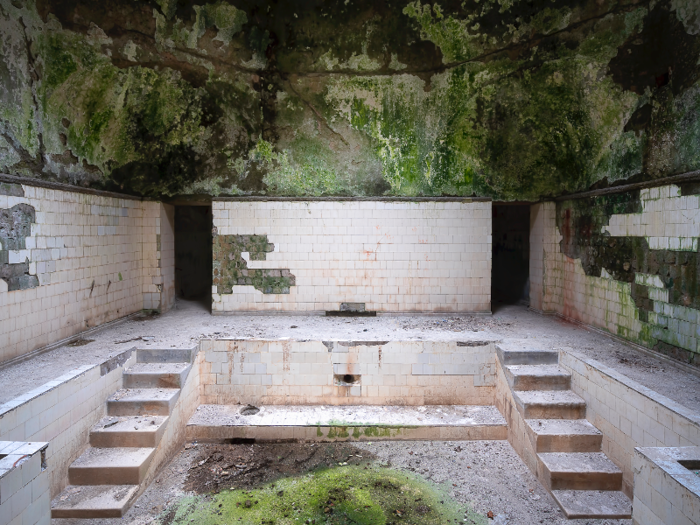
Source: Eurasianet
“While photographing the buildings that had people living in them, it felt like I was invading their privacy. And I believe that I actually was,” he says.
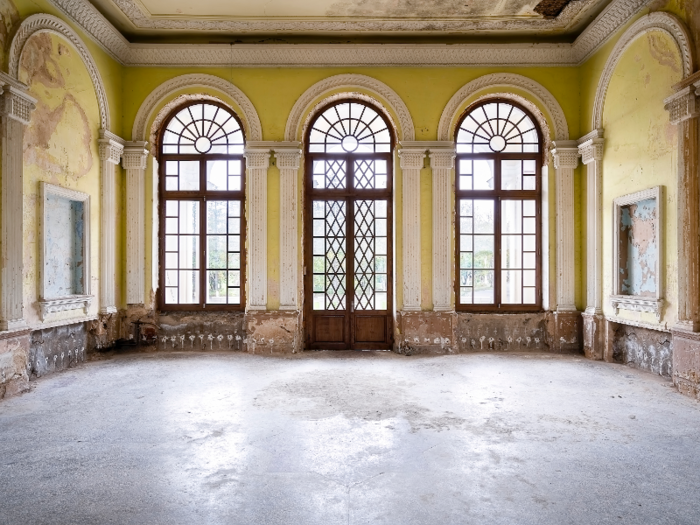
Source: Roman Robroek
Many of the IDPs currently squatting in the relics of old Tskaltubo are awaiting new housing.
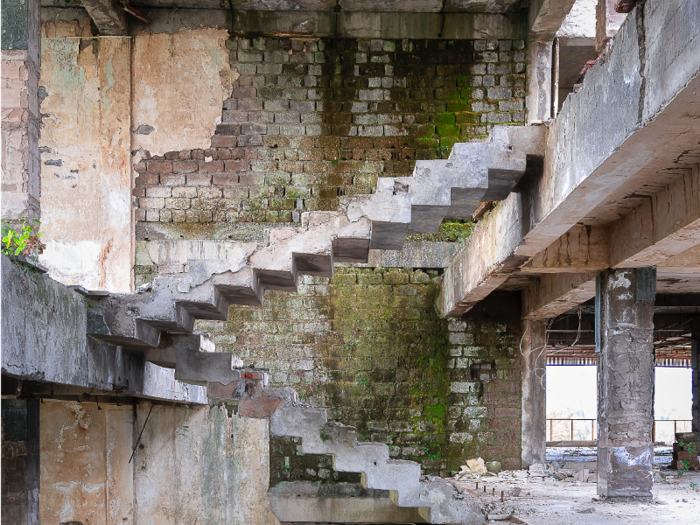
Source: Eurasianet
The government promised that the people squatting in the ruins of Tskaltubo would receive housing by 2020, but so far, nothing has come to fruition.
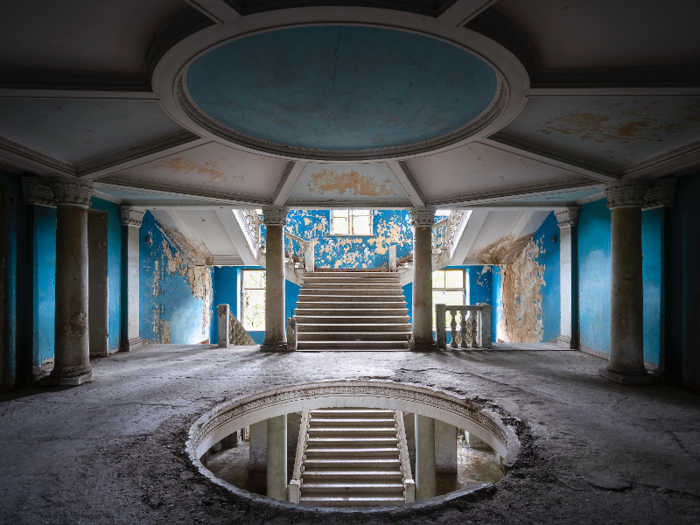
Source: Eurasianet
“We keep being promised new apartments but nothing happens,” Giga Akobidze, a 64-year-old resident of the ruined resort town, told Eurasianet. “The only time the government shows any interest in us is when they want our votes.”
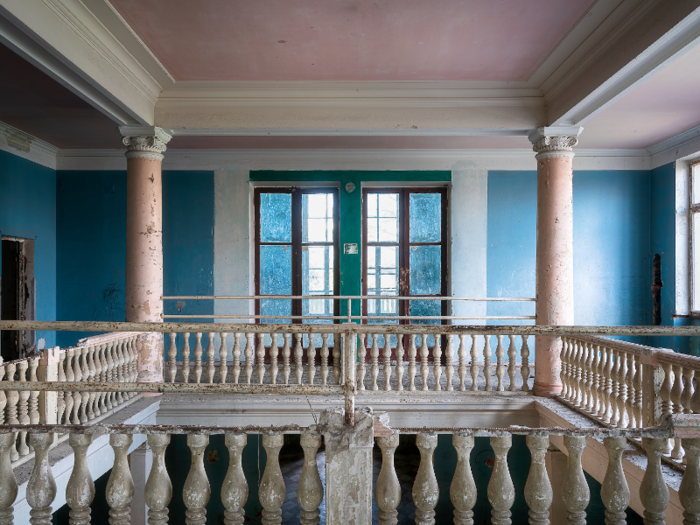
Source: Eurasianet
The refugees living in the ruins of the ancient spa have sold many of the exquisite furnishings and chandeliers left behind in order to survive. A makeshift sewer system has also been created out of plastic pipes in order to make conditions more liveable for the thousands living there.
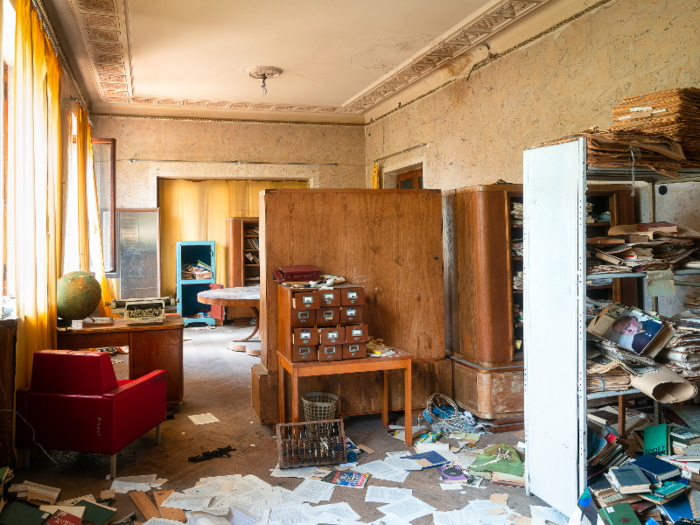
Source: Eurasianet
“They’ve shown me where to enter the building, smiling and waving, shown me which parts are inhabited, which parts are abandoned, and where to be careful,” says Robroek. “I have nothing but respect for the attitude these people have, and I sincerely hope that good will come to them soon.”
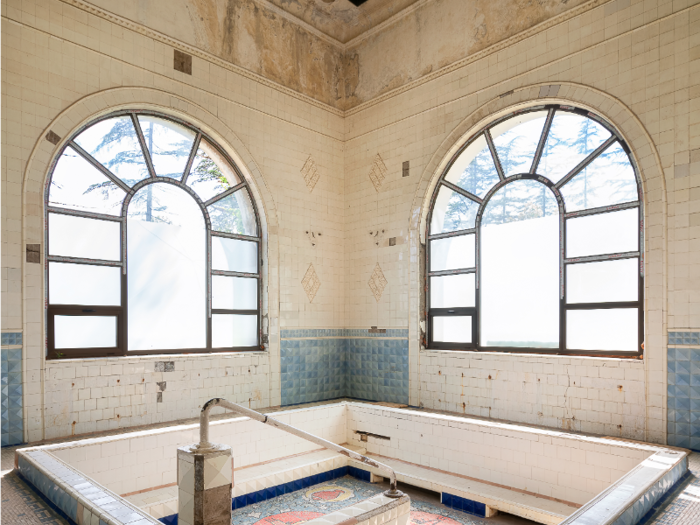
Source: Roman Robroek
As for helping to preserve abandoned buildings and historical sites, Robroek encourages people to consider joining or supporting Europa Nostra, a non-profit organization he regularly works with.
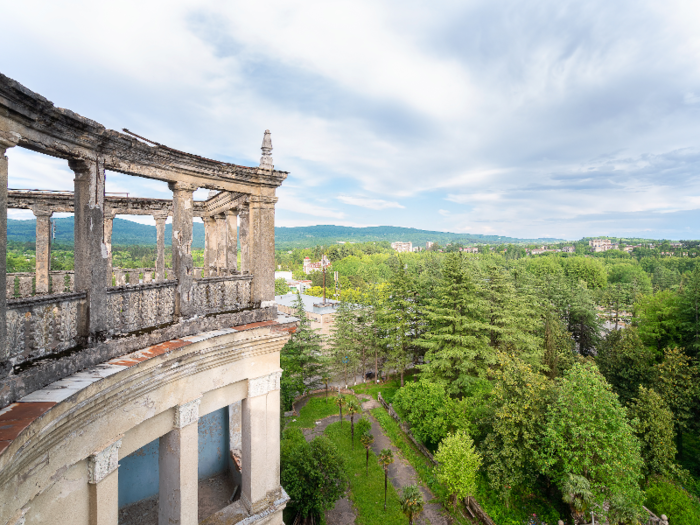
"Europa Nostra makes a big effort to protect cultural and natural heritage. They have a famous program called the "7 Most Endangered Programme" where they empower projects for endangered monuments and buildings to be restored or saved," he says.
Perhaps if the refugees of the Tskaltubo spa resort are able to find permanent homes, the deteriorating ruins will once again be completely abandoned.
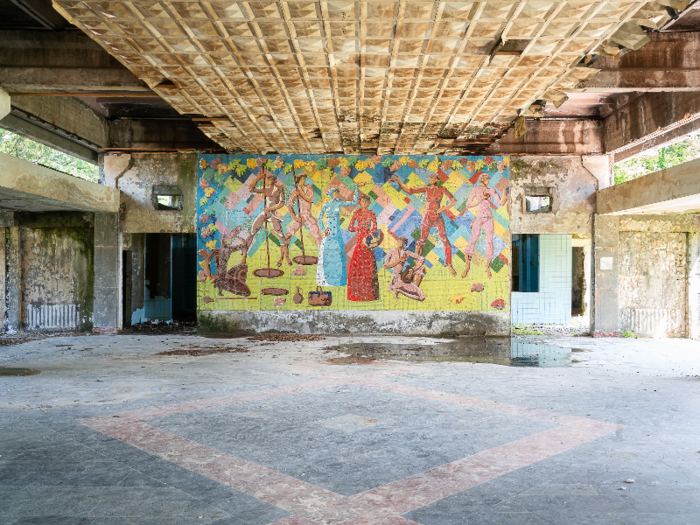
- Read more:
- These photos of abandoned malls and golf courses reveal a new era for the American suburb
- 12 famous and expensive structures around the world that are now abandoned
- Abandoned markets and empty cinemas: 11 photos show how ordinary people are being hit by Trump's sanctions on Iran, which are ramping up again
- 12 abandoned mansions around the world that likely used to be worth millions
Popular Right Now
Popular Keywords
Advertisement